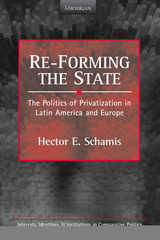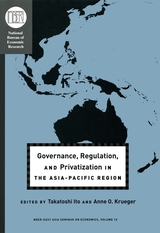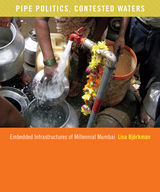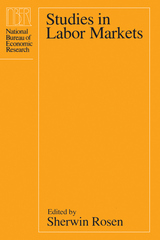Politics and Policies in Post-Communist Transition: Primary and Secondary Privatisation in Central Europe and the Former Soviet Union
Central European University Press, 2011
Cloth: 978-963-9776-85-2 | eISBN: 978-963-9776-91-3 (PDF)
Library of Congress Classification HD4160.5.S6613 2011
Dewey Decimal Classification 338.94305
Cloth: 978-963-9776-85-2 | eISBN: 978-963-9776-91-3 (PDF)
Library of Congress Classification HD4160.5.S6613 2011
Dewey Decimal Classification 338.94305
ABOUT THIS BOOK | TOC
ABOUT THIS BOOK
Discusses the policies, practices and outcomes of privatization in six transition economies: the Czech Republic, Hungary, Poland, Russia, Slovenia and Ukraine, paying particular attention to cross-country differences and to interrelations between the processes of privatisation and the political transition from communism to a new system.The analysis is restricted to the privatisation in those fields where its methods have been strongly different from privatisations in advanced market economies and where differences of privatisation principles and techniques among our six countries were also rather various. This is basically the privatisation of middle-sized and large enterprises, not including banks, non-bank financial companies, natural monopolies and agricultural entities.
See other books on: Europe, Central | Hungary | Post-communism | Privatization | Russia (Federation)
See other titles from Central European University Press



























